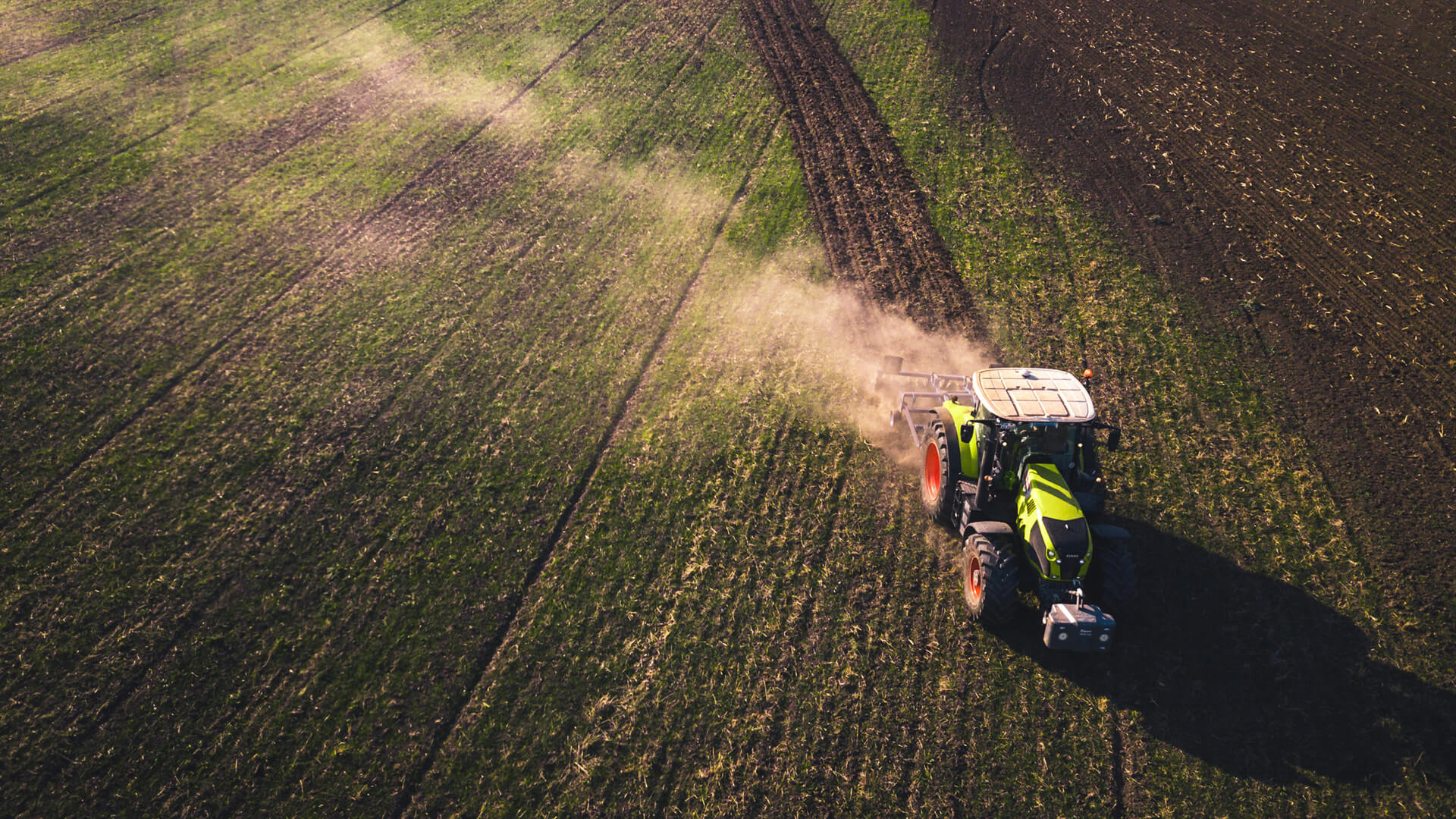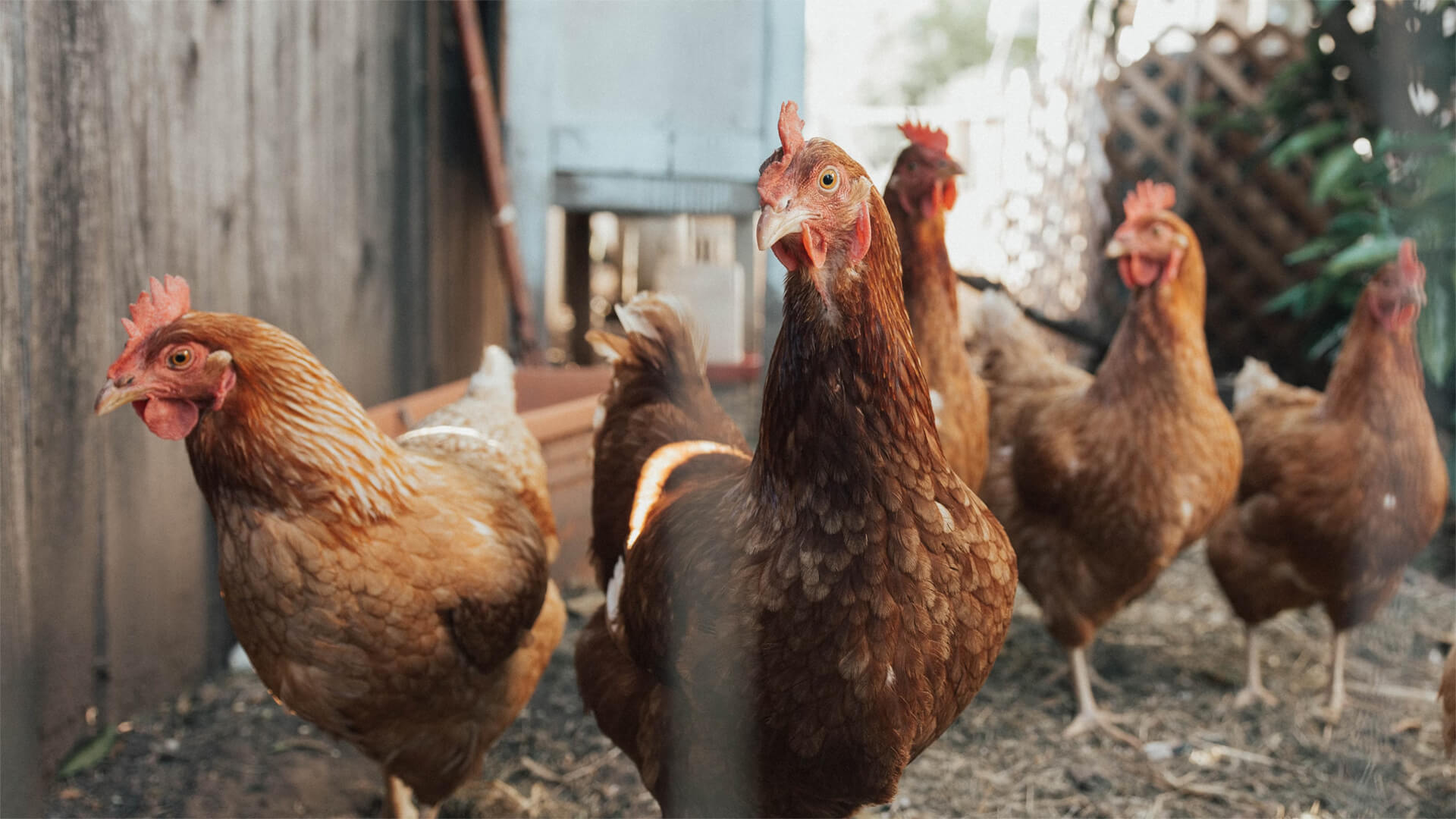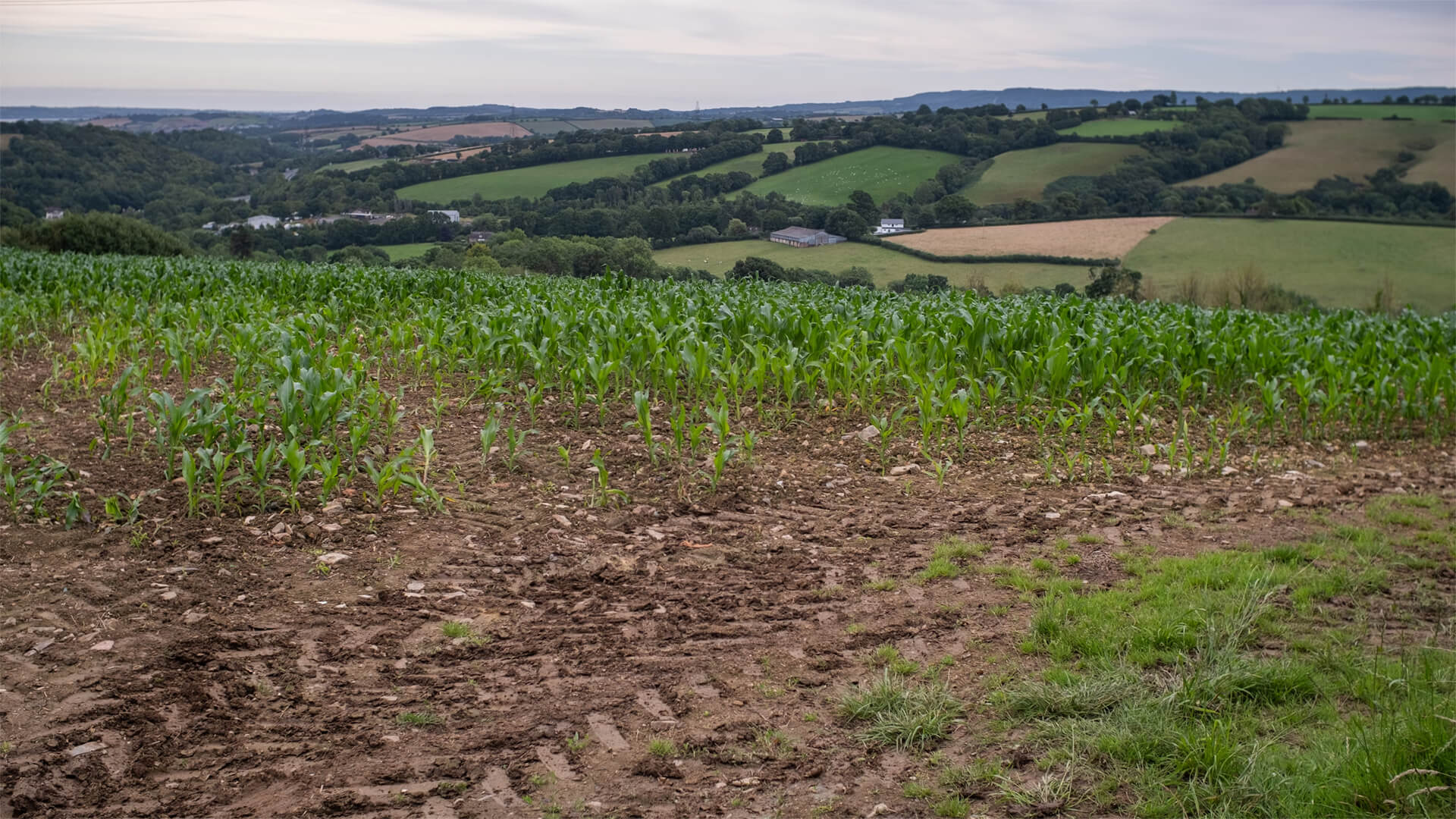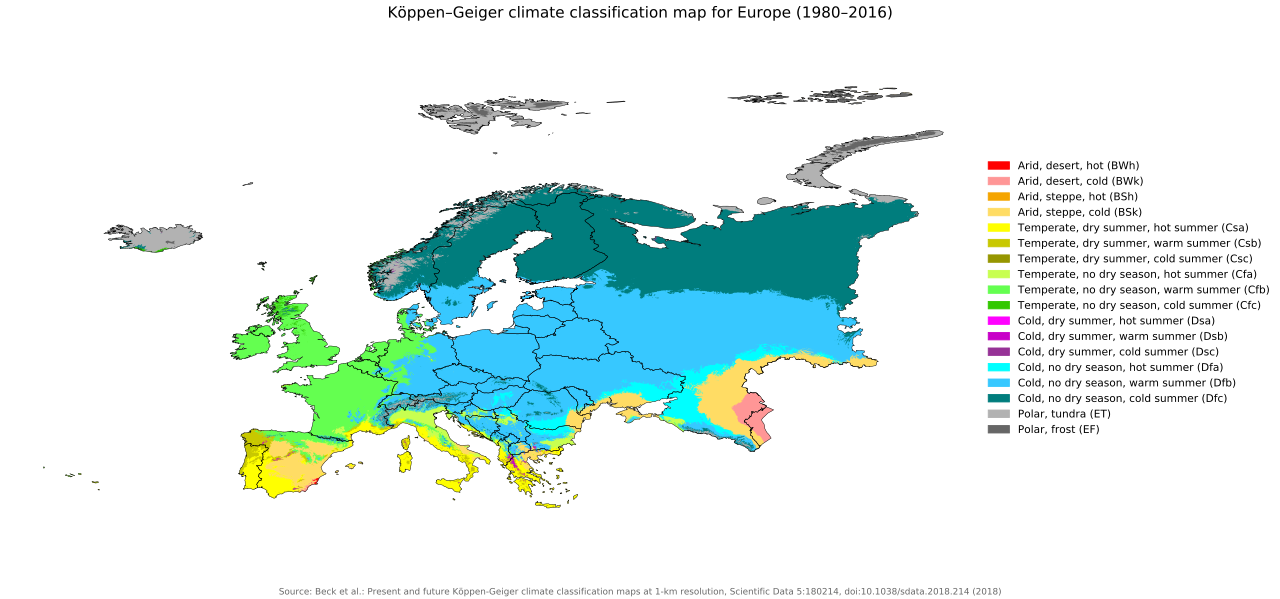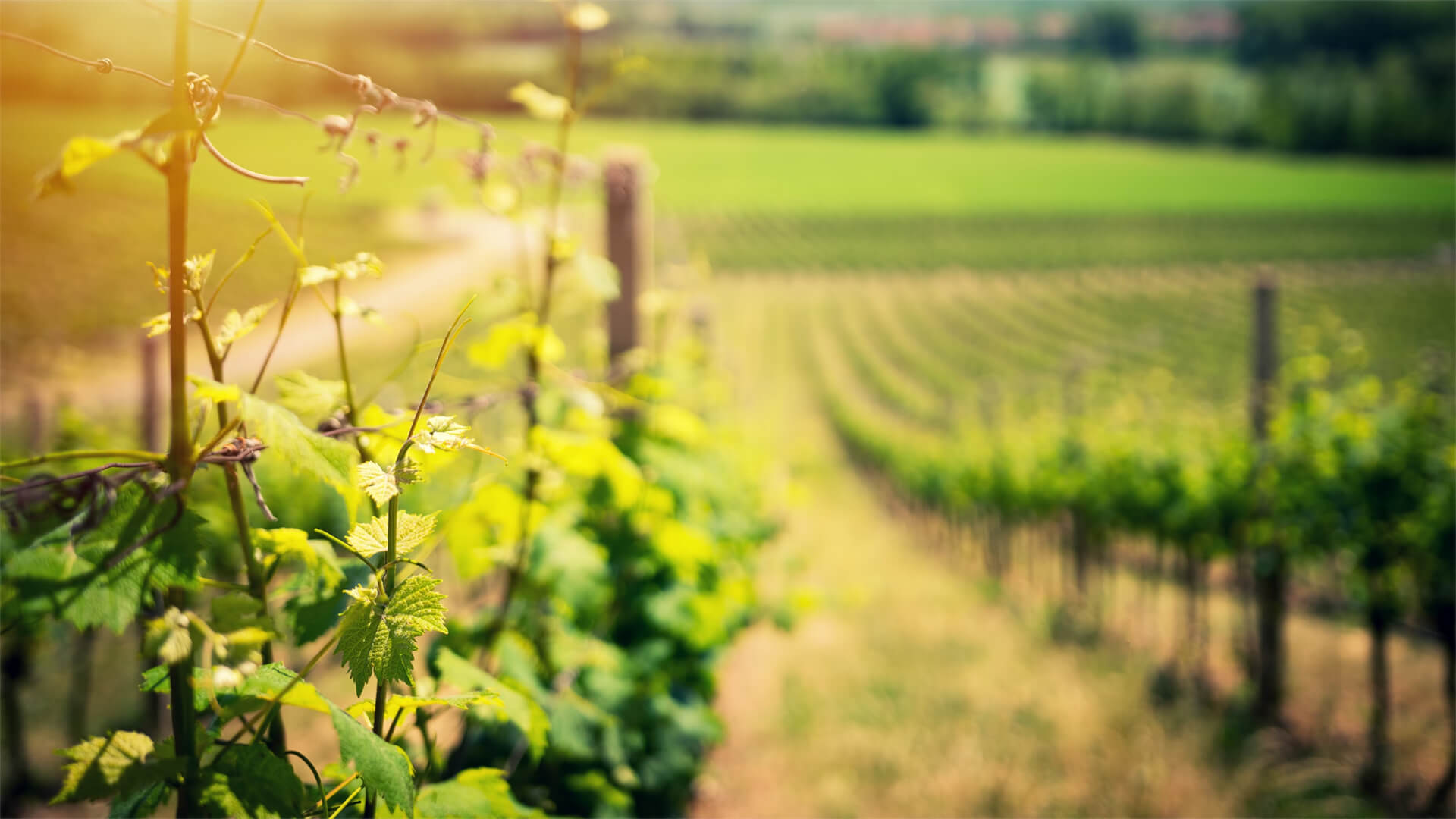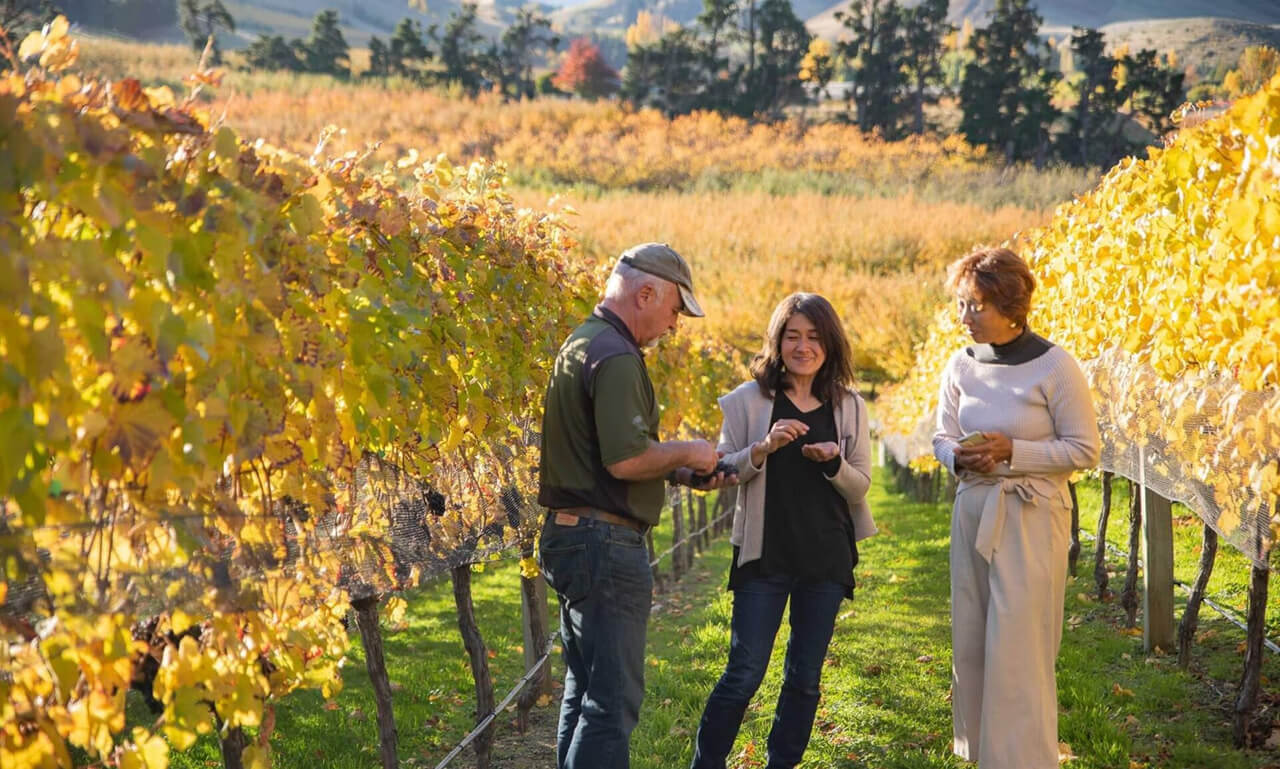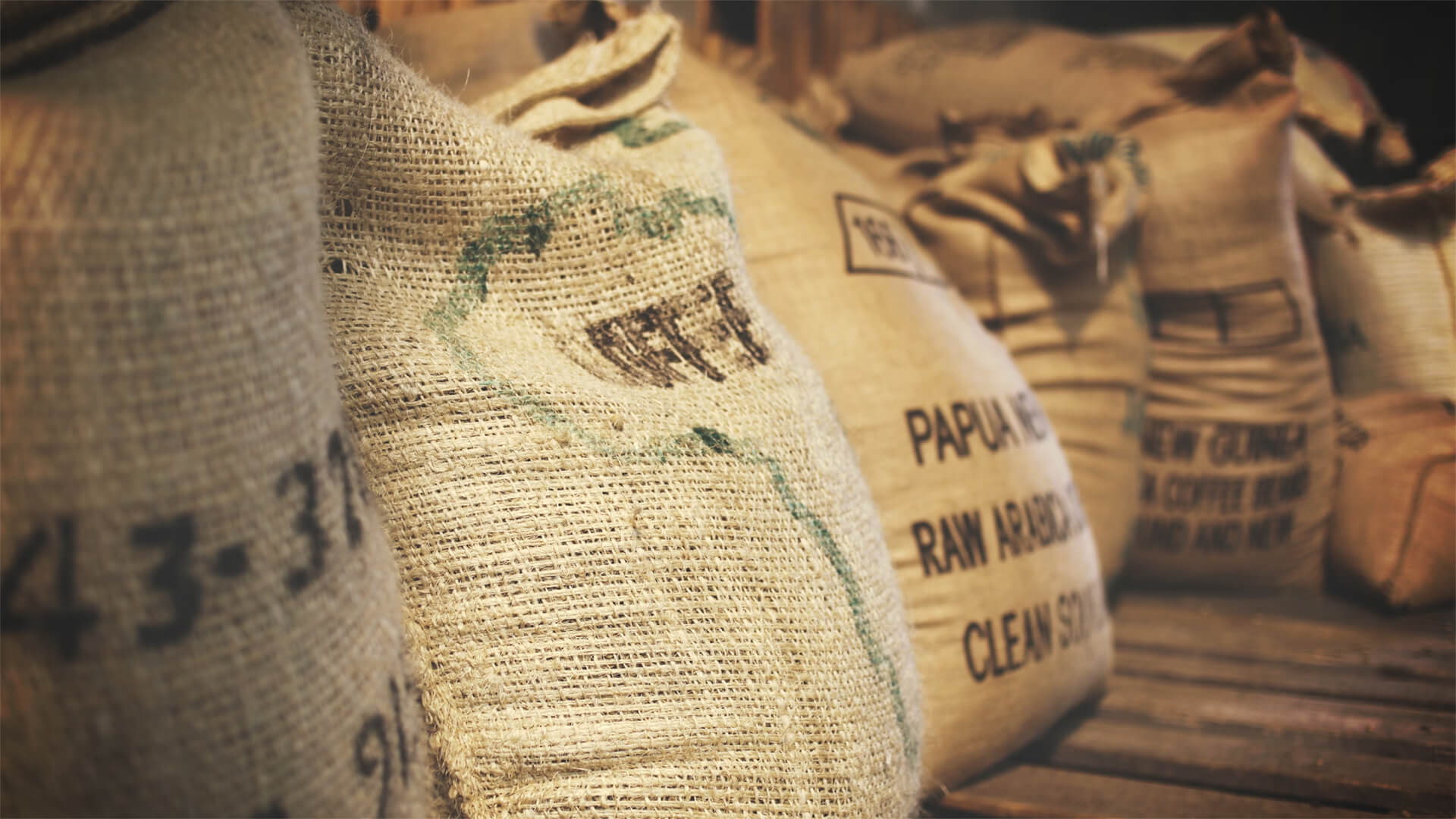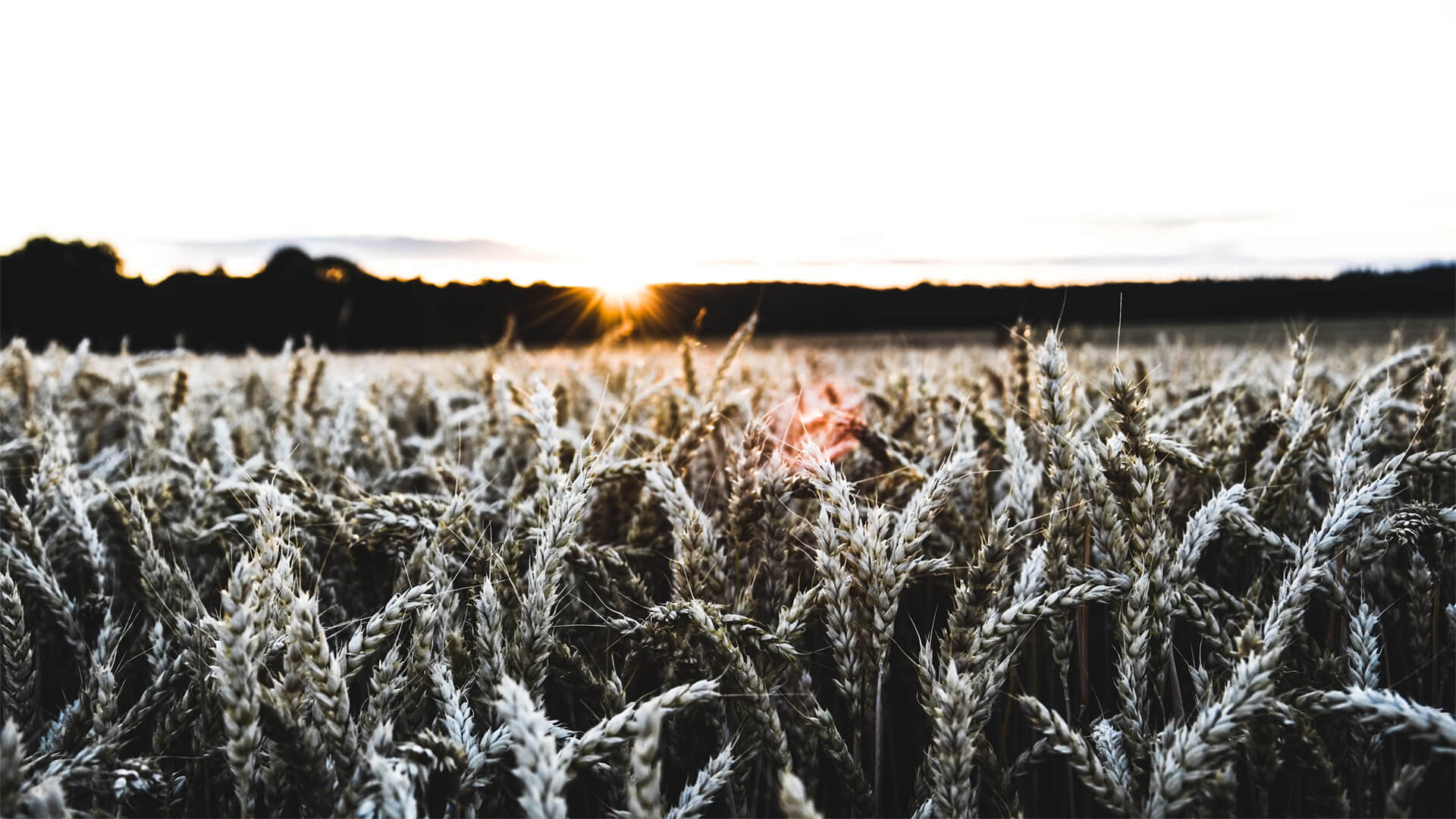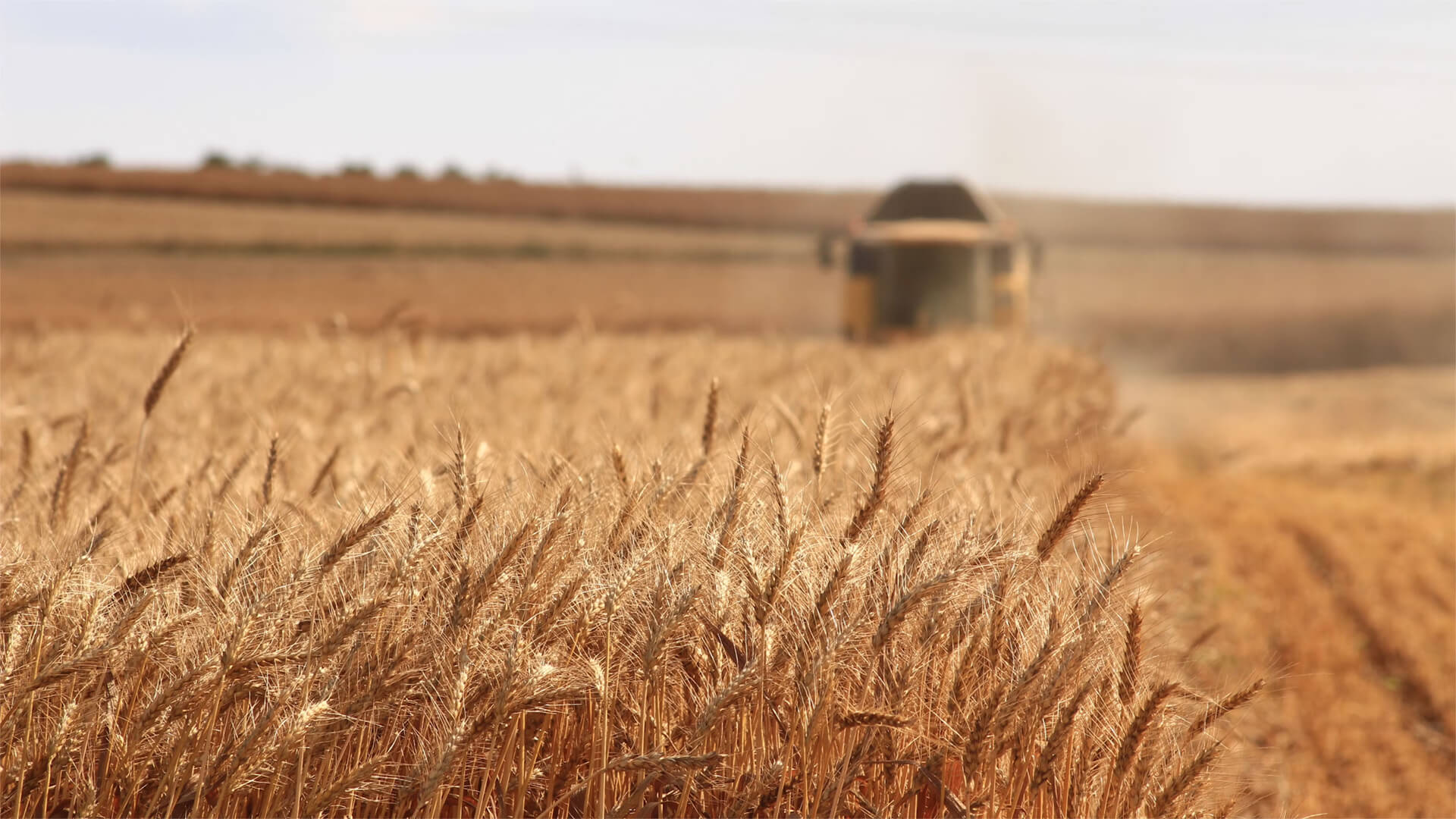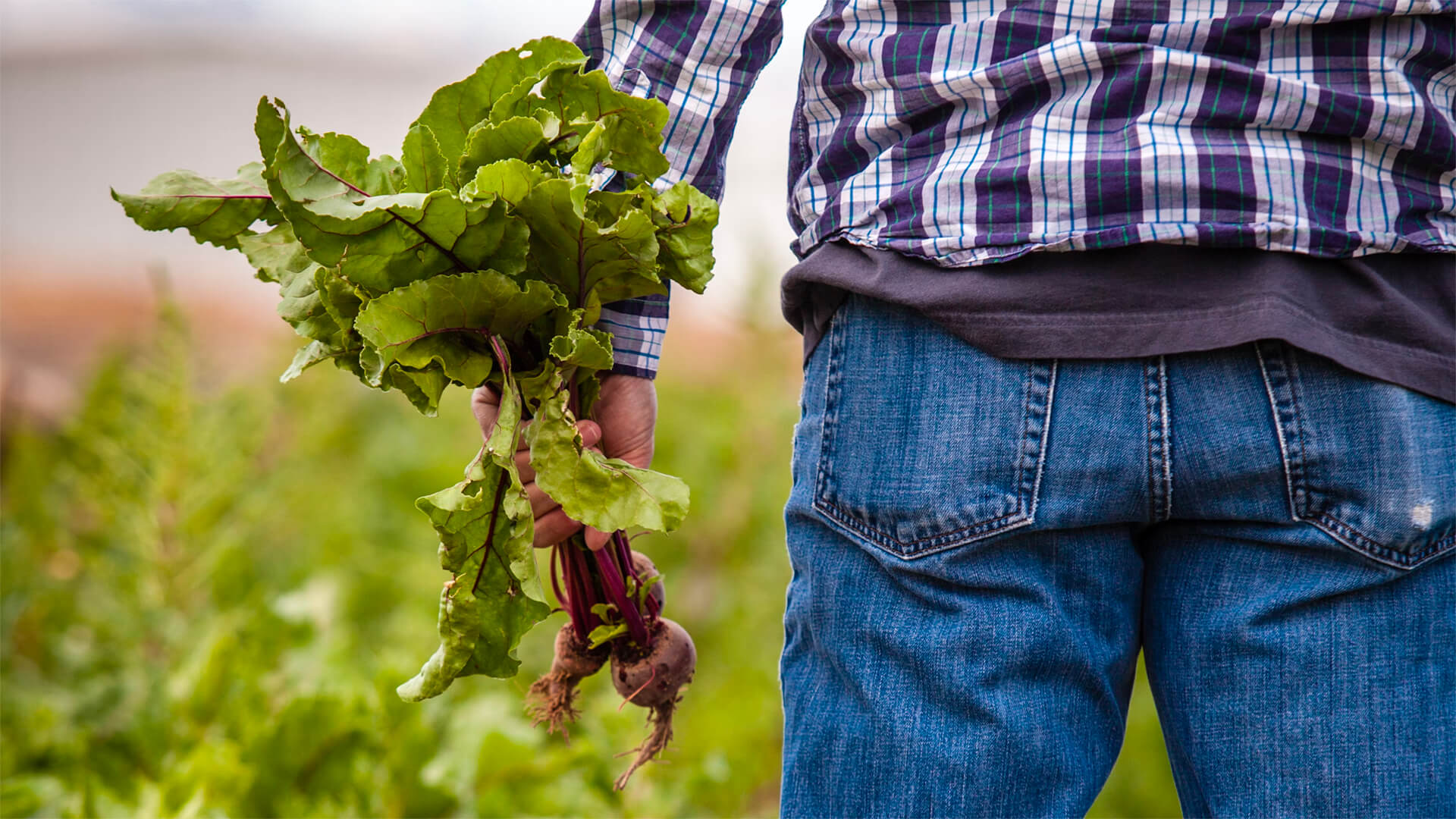Next up on Trump’s chopping block, we have US agriculture. Staring down a broad list of restrictive tariffs, US agriculture is entering a crisis of its own.
Many countries, including China, are now avoiding American farm products. Since a significant portion of farm output is sold abroad, this threatens farm incomes across the board. This is happening at a time where US population growth is stalling, so that lost income can’t be made up through domestic demand.
And as you could imagine, federal relief is unlikely. The USDA and other agencies remain understaffed and unable to navigate this trying time and Trump’s erratic policymaking adds another layer of complexity to the mix. Ironically, Argentina (one of America’s largest competitors in the farm industry) is getting a $20 billion bailout from the US…
Transcript
Hey all, Peter Zeihan here. Coming to you from a sunny Colorado day. And today we’re going to talk about the American agricultural sector, which is facing some very, very dark times, as a result of the Trump tariffs on everyone. Most countries in the world have decided that they will never purchase American agricultural products ever again unless they have no other choice.
Now, there are a lot of countries that have no other choice. Mexico is by far at the top of that list, but Mexico is only one of a number of countries that are of concern for the American farmers. China is obviously the country that they’re most obsessed about right now, because it’s been the number one consumer of most of our agricultural exports, minus Mexico, of course.
For several years now. And new purchases of American beef and soy have basically stopped. Beef purchases have gone down by over 90%, this year, and soy purchases have gone to zero. And it looks like production cycles in places like Brazil and Argentina are going to be solid enough this year that the Chinese won’t need to purchase any product.
In those sectors from the United States at all this calendar year. so three things here. Number one, something I’ve been telling American producers for years is you need to prepare for the world where China doesn’t buy any of your stuff. Not because of politics, not because of trade policy, but because they’re dying out. And their demographics are beyond terminal.
And over the course of the next decade, we’re looking at state collapse. So any business plan that is based on sales to China is one that is going to make you lose the farm. Literally. The Trump tariffs have simply moved that forward. We’re now having to deal with it. Number two is the scope of what’s happening here.
The American population has not grown very much over the last 30 years. It’s been a very slow creep up. And because of Donald Trump’s, policies that have increased the cost of living drastically this year across the country, as well as driven migration to zero and even into negative territory. Calendar year 2025 will be the first year in American history that the American population will actually shrink.
Shrinking means no increases in food consumption. So about 95% of the increase in farm income since 1992, when hyper globalization became a thing, has been from selling, not to Americans, but to selling to foreigners, which means that today, roughly one third of all agricultural produce in the United States is exported. And with exports now flatlining, going sharply negative.
That suggests that we are looking at a massive decrease in the take home for any American agriculture producer. That’s going to be a lot more than one third, because you only eat so much food. And if food becomes cheaper, if all food becomes cheaper because people are dumping it on the local market, you don’t only lose your premium from exporting, you lose income at home.
So a one third reduction in demand for American product is actually more like a two thirds reduction in income for farms, and we’re not going to see anything quite that drastic, but it is going to be horrific and probably over the course of the next two years, or one quarter of American producers are going to go out of business and the remainder will be under extreme financial stress.
Which brings us to the third issue. There’s not a lot that the federal government can do about this. There are now conversations going on about using some of the tariff income to bail the farmers. But one of the American bureaus that was hit most strongly by Dodge in the early days of the Trump administration was the Department of Agriculture, and USDA cannot implement the policies it has now, much less design and implement a new one.
So the ability of the federal government to do meaningful bailouts is almost nil at this point, even if the cash was appropriated by Congress, which is unclear whether or not that would even happen. Even if the money flowed, we don’t have the ability to administrate it anymore.
And against this backdrop, we are continuing to see policy incompetence out of the Trump administration because of a lack of personnel. Trump’s tell is he doesn’t like anyone in the room to think that they’re smarter than him. And he certainly doesn’t want to think that he’s not the smartest person in the room is very Obama esque in that regard.
And so the way he dealt with this when he was out of power was instead of turning the Republican Party into a policy arm that could implement his policies, he took over the institution and basically got rid of any policy expert so that he would always be the smartest person in the room from his point of view, which means when he came in, instead of having this cadre of thousands of people that he could use to staff the government to make his vision possible, he came in with almost no one.
Certainly the fewest number of skilled hands of any president in modern history. And most of the people who he did bring in were like Pete Hegseth, who were just absolutely incompetent in their portfolios. What that means for places like USDA is it’s still not staffed up. Well, neither is commerce. And here is USTR. Neither is energy.
None of them are, So the president is not getting good policy recommendations. And as we’ve seen recently with his decision to, basically discourage everyone to use Tylenol because it apparently causes autism now because that’s what he feels. We’re getting some of his feels in foreign policy, and one of his feels is that he likes Argentina.
Because the government there is led by a guy by the name of Malay that who he thinks of as an ideological ally. Now, nothing could be further from the truth. Malay is a libertarian, and Malay personally is just horrified by some of the economic policies that are going on in the United States, where Trump and it’s moving us very rapidly to some form of Argentinian style socialism.
But that’s a topic for another day. Anyway, since this is what Trump feels, Trump is doing a 20 billion odd bailout for Argentina. Now, I am one of those people who thinks that Argentina is a country that’s going to be with us long haul, and having decent relationships is a solid idea. But, but, but Argentina has defaulted on every debt it has ever had over the course of the last 120 years, and in the last 30 years, the pace of those defaults has accelerated.
So any bailout for Argentina is money that you simply won’t get back on top of that, Argentina is one of the world’s leading producers of soy and beef, along with any number of other agricultural products. And in the world to come, the single largest long term competitor for American agriculture will be Argentina Freakin Tina. And now the Trump administration is bailing it out.
And Argentina is preferencing sales to American competitors. Like China, that’s basically shutting American producers out of the market. So farmers are getting hit from a foreign policy angle. They’re getting hit from a policy incompetence angle, their getting hit from a financial angle and demographic angle and a market angle. And really, the only possible way that we exit this next five year period with all of our producers is if somehow the Trump administration works out a French style support system that basically pays the farmers to exist not very American, not very capitalistic, and something that arguably the Trump administration can’t even staff up right now.



